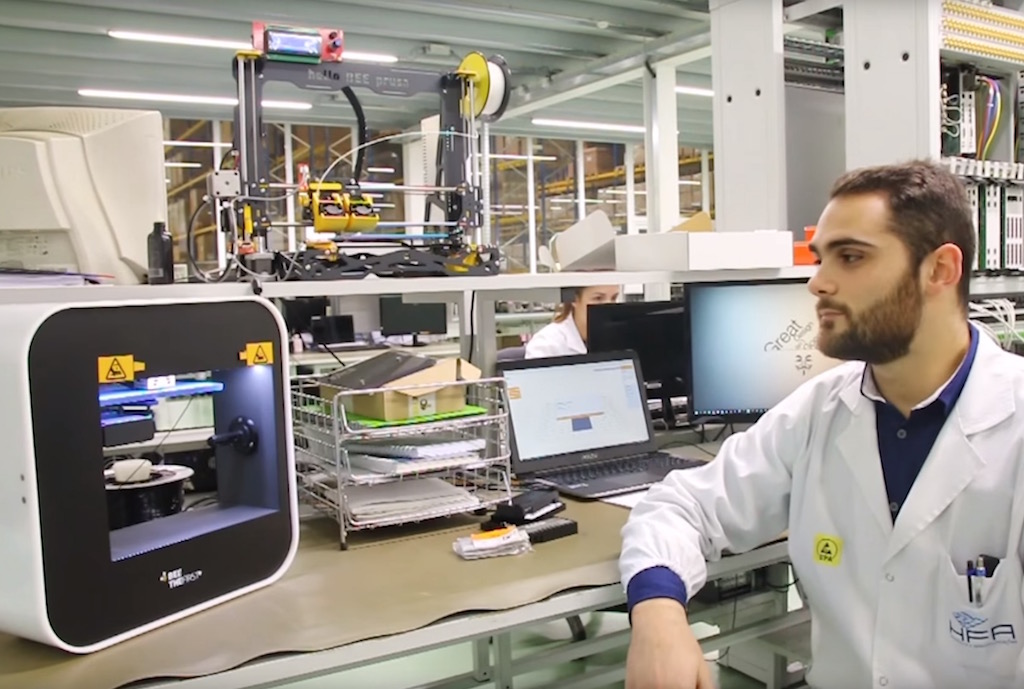
BEEVERYCREATIVE posted a tale of how their 3D printer is being used, and it illustrates a change in how 3D printers could be marketed.
In the story, BEEVERYCREATIVE talks of how one of their very first clients was a nearby consumer electronics company, HFA. This operation develops custom products for a wide variety of international customers, and as such, must produce prototypes of the potential product components.
Their initial use of BEEVERYCREATIVE 3D printing equipment was simply to install a desktop unit in their boardroom, where excited clients could see their own prototypes emerge before their eyes.
This is not a particularly unique business case on its own, but then the story changes.
BEEVERYCREATIVE re-visited HFA and discovered that the company had been using the desktop machine for some simple prototyping beyond mere boardroom demonstrations, and found it effective. So effective, in fact, that the machine became highly used in that role over time. They even ordered a second machine.
It wasn’t what either company expected to happen; it was a discovery.
And this is what gets me excited, because this type of scenario represents how 3D printing will really begin to grow.
Consider how 3D printers have been marketed by most companies:
Make a machine and try to entice a buyer by demonstrating use cases, making it look slick in some way or including fancy features.
This is really a “push” style of marketing. The device is pushed towards the buyer.
BEEVERYCREATIVE’s story illustrates the opposite: a “Pull” style, in which a company (or a user) has a machine and discovers on their own how to profit from it. If it works, do more! Hence sales tend to increase.

Why is this so important? I think it represents evidence of a shift out of Gartner’s “Trough of Disillusionment”, where users are dismayed by the lack of perceived value in the technology and interest crashes.
In Gartner’s model, the phase after the “trough” is the “Plateau of Productivity”, in which those who stick with the technology gradually discover how to profitably use it, in ways that actually work for them.
This is precisely what has happened at HFA.
It’s a very small piece of evidence, to be sure, amounting to only a couple of machines. But it does demonstrate a pattern for the future: 3D printers that are sufficiently reliable and functional to enable users to find ways to use them.
That’s the stage we’re at now. Things are about to look a lot brighter in the next period and beyond.
It could also suggest a different way of marketing 3D printing gear: educate users on how the machine works, and then challenge them to find ways to integrate it within their company or personal workflows.
Via BEEVERYCREATIVE

